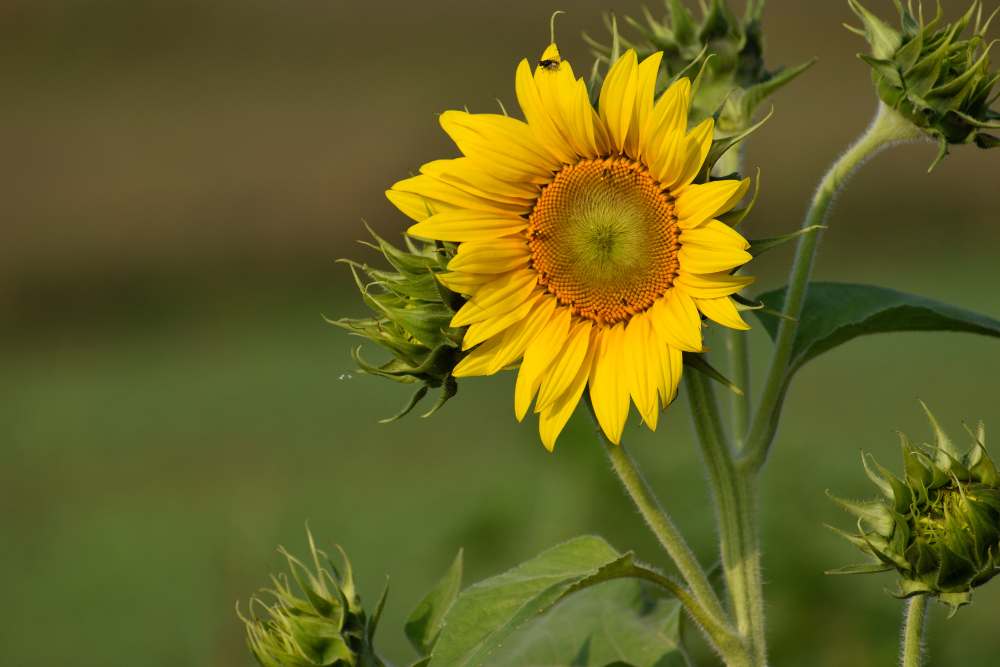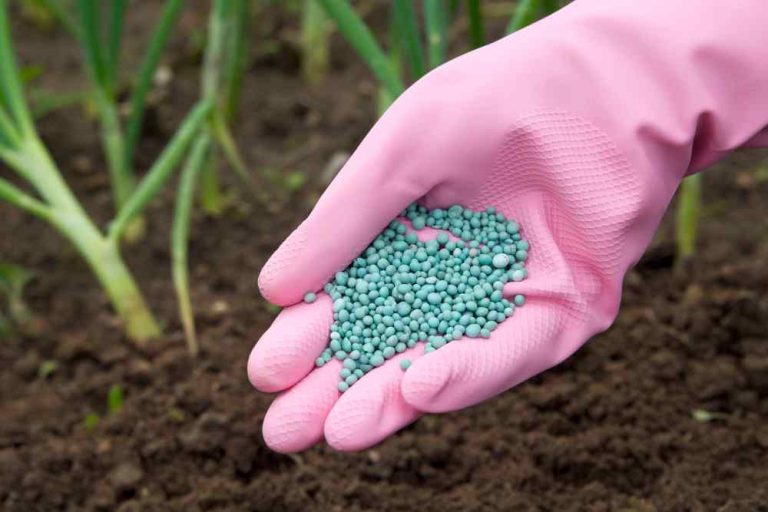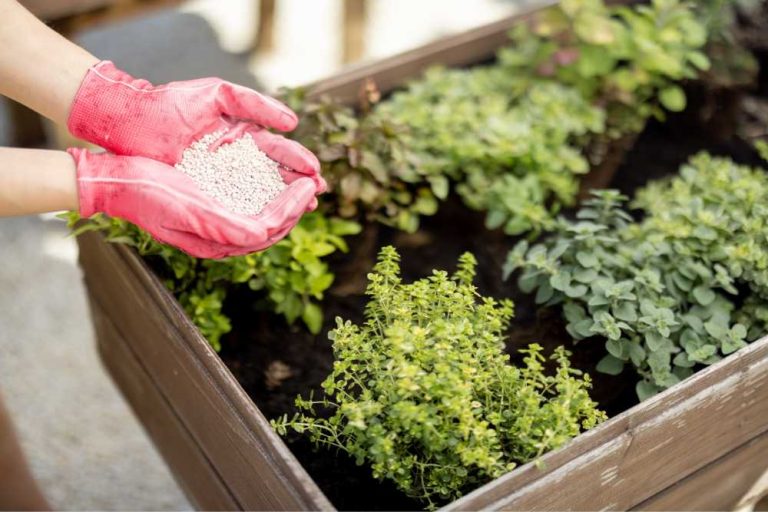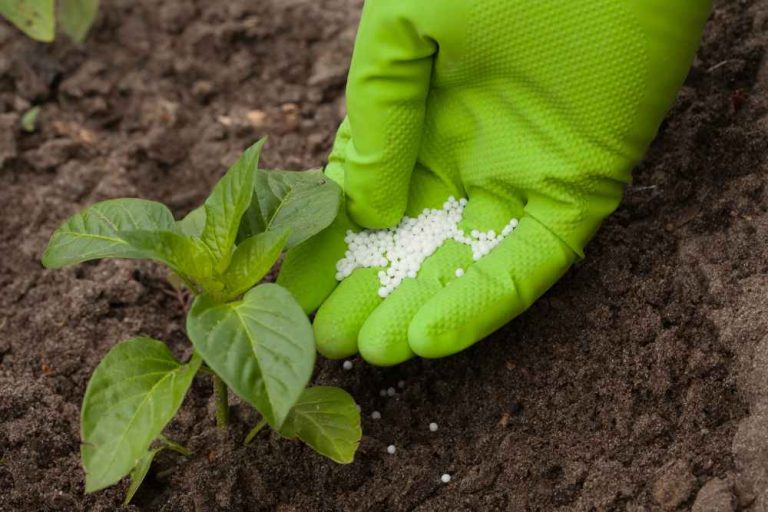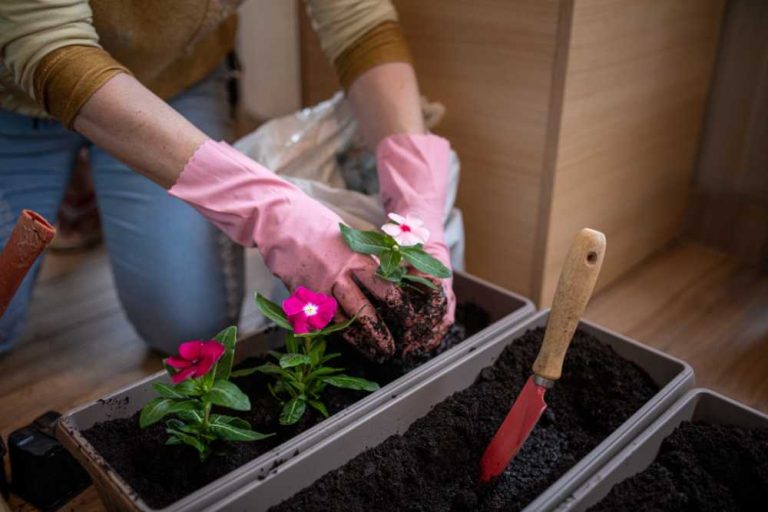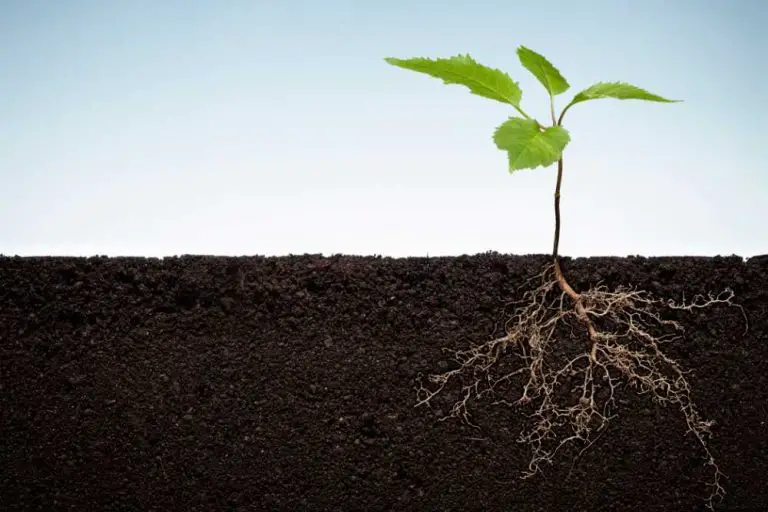Ultimate Guide to the Best Homemade Fertilizer For Flowering Plants 2024
Flowering plants need fertilizer to guarantee they get the nutrients they need for strong, healthy development and beautiful blooms. Making your own homemade all-purpose fertilizer for use on blooming plants is usually inexpensive and more effective than buying commercial fertilizers.
You may manufacture just the amount needed for the flowering plants using homemade fertilizer formulas, which are often more affordable than commercial options.
Homemade Fertilizers: What and Why
Making your own homemade fertilizer can be an excellent choice if you’re seeking a more cost-effective and ecologically responsible approach to fertilizing your flowering plants. It helps you save money, gives you more control over what goes into your plants, and uses less hazardous chemicals.
You can create a variety of homemade fertilizers using everyday household objects like coffee grounds, eggshells, and even fireplace ashes. These organic substances give your plants vital nutrients, including nitrogen, phosphorus, and potassium.
Making your own fertilizer allows you to modify it to meet the individual requirements of your plants, which is one of its key advantages. For example, if your plant demands more acidic soil, you can use coffee grounds or white vinegar as a fertilizer foundation. Use eggshells or bone meal if your plant requires more calcium.
Another advantage of making your own fertilizer is that it is typically gentler on your plants and the environment than store-bought fertilizers. Many commercial fertilizers come with strong chemicals that can harm soil’s beneficial microbes and cause waterways to become contaminated. On the other hand, homemade fertilizers are often created from natural components without severe side effects.
You may manufacture just the amount needed for the flowering plants using homemade fertilizer formulas, which are often less expensive than commercial fertilizers.
How to Make Natural Fertilizer
You can use various ingredients to create fertilizer at home, but you want to be sure your plants receive the nutrients they require to develop. The main components of every fertilizer are nitrogen, phosphorus, and potassium, but calcium-rich substances are also beneficial for your plants. It’s advisable to conduct a soil test so you can decide what is most important.
This will enable you to determine your soil’s pH and the appropriate amendments. For instance, if you’re planting a plant that prefers acidic soil, you might want to utilize leftovers in your fertilizer that will lower the pH of your soil (like citrus peels).
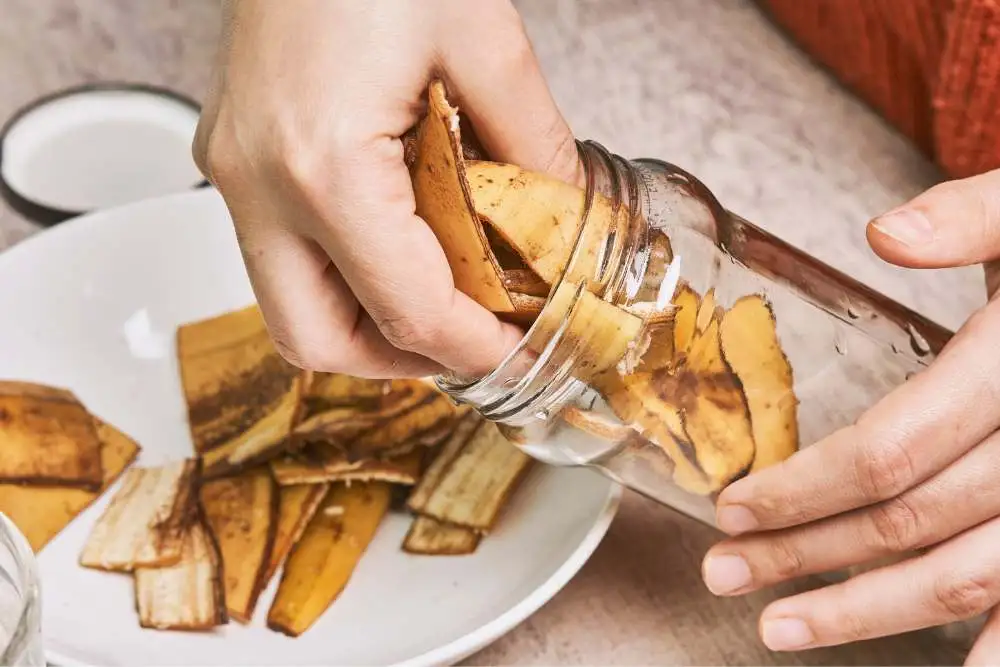
Homemade fertilizers are natural fertilizers that can be created using common household products like Epsom salt, white vinegar, and coffee grinds. These fertilizers can be applied to all kinds of plants, including blooming plants, as they are all-purpose fertilizers.
Since you can construct them with supplies you already have at home, they are also inexpensive and environmentally friendly. However, because nutrient content varies, homemade fertilizer for flowering plants may be less effective than commercial solutions.
Additionally, if homemade fertilizers are not appropriately applied, some may be acidic, harming your plants. To make and use homemade fertilizers effectively, it’s crucial to do your research and pay close attention to the directions.
Flowering Plants Fertilizer Schedule
Before planting, work the fertilizer into freshly created flowerbeds 4 to 6 inches above the earth. For the established plantation, evenly distribute the fertilizer around the plants, lightly rake it into the soil, and then thoroughly water the plants. Pull the mulch back around the plants so the fertilizer is applied to the soil rather than the mulch.
Spring Flowering Bulbs
Do not apply bone meal or other phosphorus sources until soil testing reveals they are required. As soon as fresh growth appears in the spring, fertilize the area. When preparing flowering beds in late August or early September, apply fertilizer at the same rate.
Summer Flowering Bulbs
Apply fertilizer at the time of planting or when growth starts up again in the spring in the form of hard summer flowering bulbs. If your plant has a short flowering period, apply a second application at the same rate after flowering.
Perennials, Ornamental Grasses (Established Plants)
When growth restarts in the spring, apply fertilizer. A second application at the same rate can benefit perennials with long blooming periods. 6–8 weeks after that.
Best Homemade Fertilizers
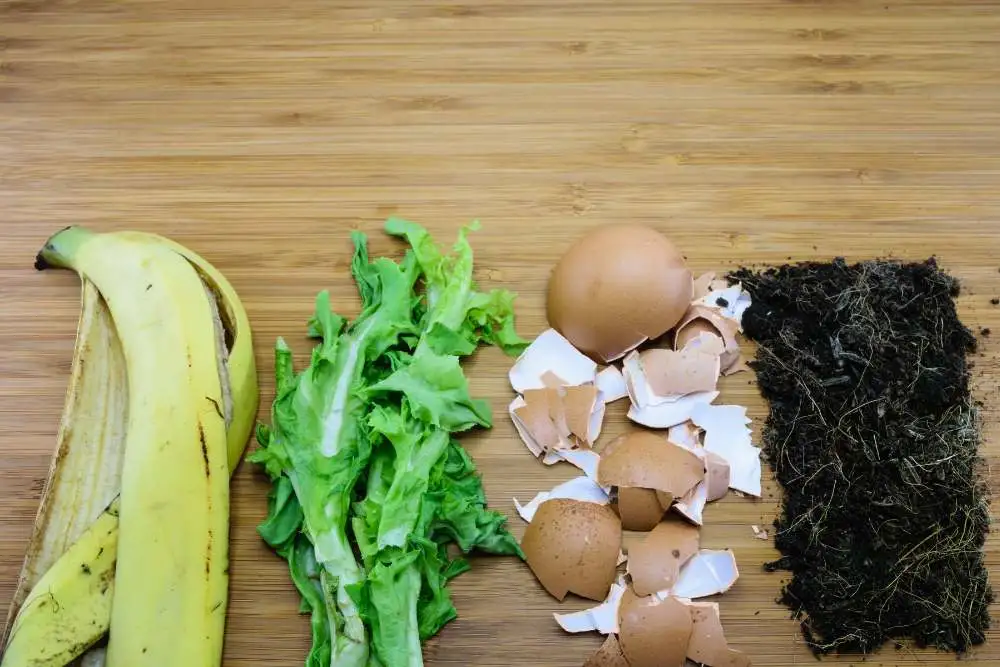
Eggshells
Eggshells can be used as calcium-rich fertilizer if you save them. After removing the yolk and egg whites, put them in the sun to dry out. This ensures that the shells are free of harmful microorganisms that could be spread to your plants. After that, smash the eggshells and sprinkle them on top of your gardening soil.
Coffee Grounds
In addition to making your morning brew, coffee grounds can serve other purposes. They can be utilized as organic fertilizer as well. “Coffee grounds contain a significant amount of nitrogen.
Before applying them to your soil, start by drying them out in the sun to eradicate any possibly dangerous microorganisms. Then, till or scratch the grounds into the soil, where they will quickly decompose and release beneficial nitrogen.
Checking the pH of your garden soil is one technique to determine if the coffee grounds in the soil will benefit your flowers. Many plants do well in slightly acidic soil, but the ideal pH range is usually between 6 and 7. Bergenia and other floral plants will thrive in your garden if you add enough earth to the soil and your pH is 7 or higher.
Banana Peel Fertilizer
For floral plants, this banana peel fertilizer is especially beneficial. Peels should be dried in full sun. Allow the banana peels to cool before manually crushing them, or use a blender to create a powder.
Banana peels that have been dehydrated can be used as a dressing for your plants or as a decorative accent. Add a spoonful of powdered banana peel to the planting hole. Don’t forget to fertilize the soil with a layer of banana peels before planting.
Compost Tea
Compost tea is an all-purpose DIY fertilizer that may be used on any type of plant, including flowers. It is created by brewing two shovelfuls of compost in water in a tight bag. One part of compost and five parts of water are normally added to a bag of fertilizer before placing it in the center of a sizable container.
The lid covers the container, and the tea is left to brew for around 10 days. When the liquid is ready, it can be transferred to a garden pump sprayer and used as a foliar fertilizer spray.
Seaweed
Fruits, vegetables, long-lasting, rich-lying flowers, and seaweed all benefit from healthy development and enhanced production. Seaweed is a mannitol-containing organic fertilizer that serves as an all-purpose fertilizer.
A substance called mannitol makes it easier for plants to take in nutrients from the soil. Make sure to thoroughly wash any fresh seaweed before using it. Place the bucket inside a larger container with roughly 5 liters of water and fill it with chopped seaweed.
Allow the seaweed to soak for approximately 3 weeks under a loose cover. After the required time has passed, filter the seaweed and pour the liquid into the garden’s spare. Now, You can use homemade seaweed fertilizer on plant leaves.
Fish Emulation
Fish emulation is a homemade fertilizer prepared from fish waste, including fish parts and guts. The fertilizer is made over several weeks, so it should have time to decompose before being used for all these organic uses. First, fill one-third of a 55-gallon drum with 2 parts water and 1 part fish feces.
Fill the drum with water until it is completely filled, then allow it to ferment for a few weeks. Fish simulation fertilizer can be applied to plants at a rate of 3 gallons of liquid per 100 square feet.
Compost Manure
Cow and horse dung are the most typical types of manure used in flower beds. Because it is particularly high in potash, sheep manure is another beneficial addition to the compost pile.
Food from animals fed grains often contains more nutrients than food from animals fed grass. Gardeners should completely compost chicken dung since it contains the most nutrients and reduces the chance of burning tender plants.
Vermicompost is appropriate for most ornamental foliage or indoor flowering plants. Supplying a constant stream of nutrients keeps the leaves and branches of houseplants in the same color, size, shape, and overall shape.
Aquarium Water (Freshwater Only)
Aquarium water is a hidden resource for your flowers, containing beneficial nutrients like nitrogen and trace elements from fish waste. Collect the water during routine tank maintenance and use it to water your flowers, but be careful not to use water that has been treated with any chemicals or medications.
Gelatin Powder
Gelatin may be an excellent nitrogen source for your flowers and used to make desserts. One tablespoon of unflavored gelatin powder should be added to one gallon of water, and the mixture should be let to settle for several hours or overnight to completely dissolve the gelatin.
Make sure to evenly disperse this mixture when you use it to water your flowers. Gelatin contains nitrogen, which promotes lush foliage and good plant growth.
Green Tea
The used green tea bags shouldn’t be thrown away. Green tea contains many antioxidants and is suitable for your flowers. Simply let cooled water and used green tea bags steep for a few minutes.
After that, use it to water your flowers or sprinkle it about the plant bases. Green tea contains elements that can help boost the general health of your flowers.
Vinegar
Acid-loving plants like azaleas, rhododendrons, and hydrangeas can benefit from the natural acidic fertilizer found in vinegar, especially apple cider vinegar. Combine one tablespoon of vinegar with one gallon of water when watering your acid-loving flowers. Vinegar offers trace amounts of nutrients these plants need, lowering soil pH to generate more acidic soil.
- 29 Bucket Gardening Ideas for a Lush, Compact Garden - October 30, 2024
- 20+ Chic Boho Bedroom Ideas for a Cozy and Stylish Retreat - June 20, 2024
- 12+ Modern Boho Living Room Ideas to Create a Unique Oasis - June 10, 2024

